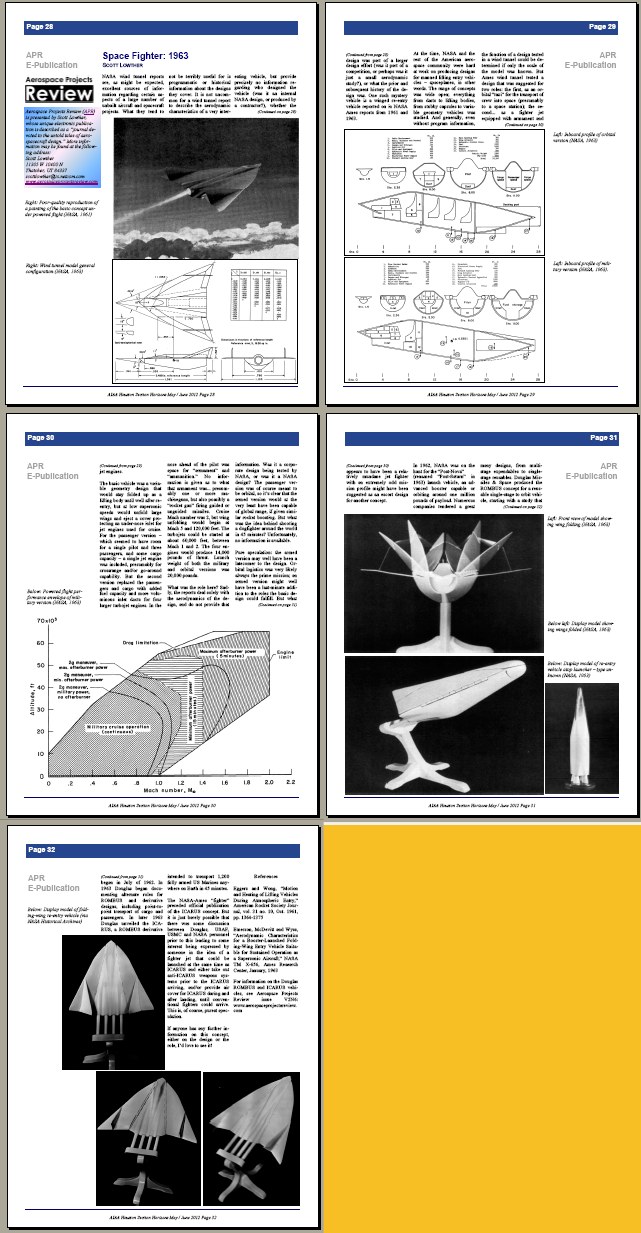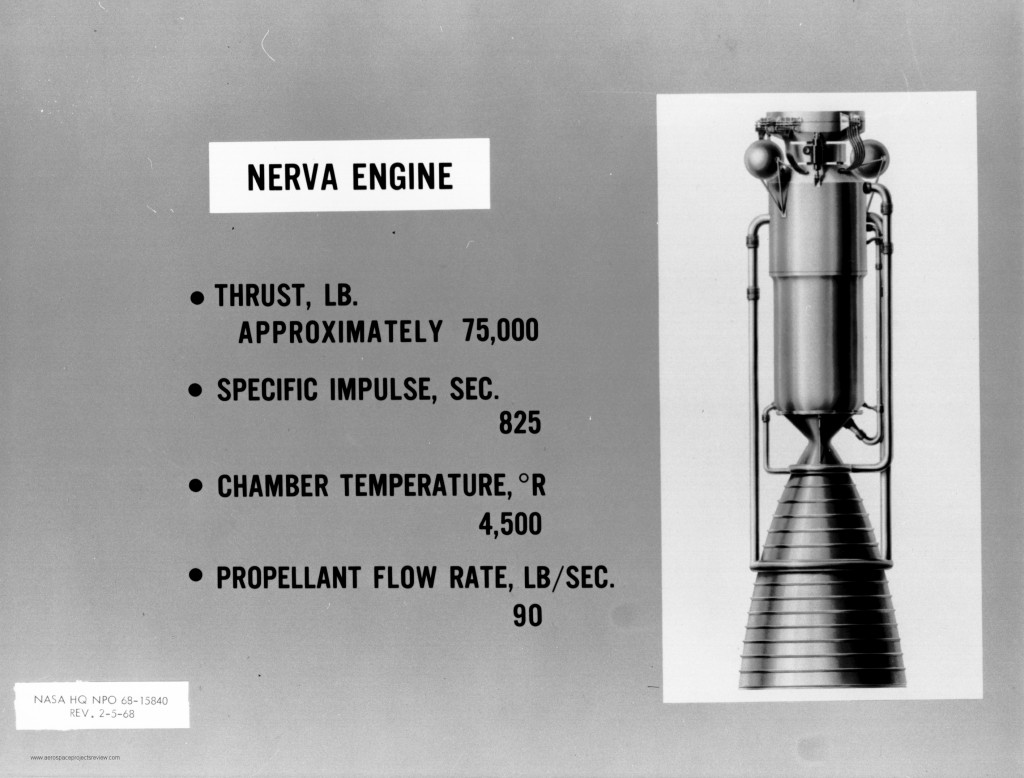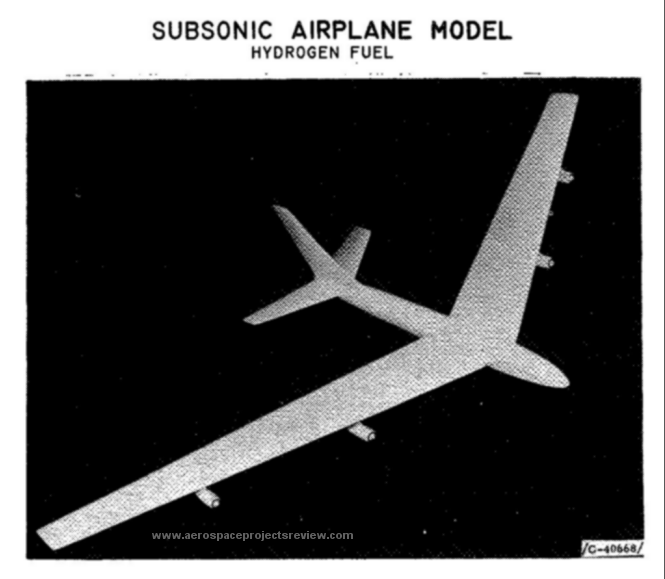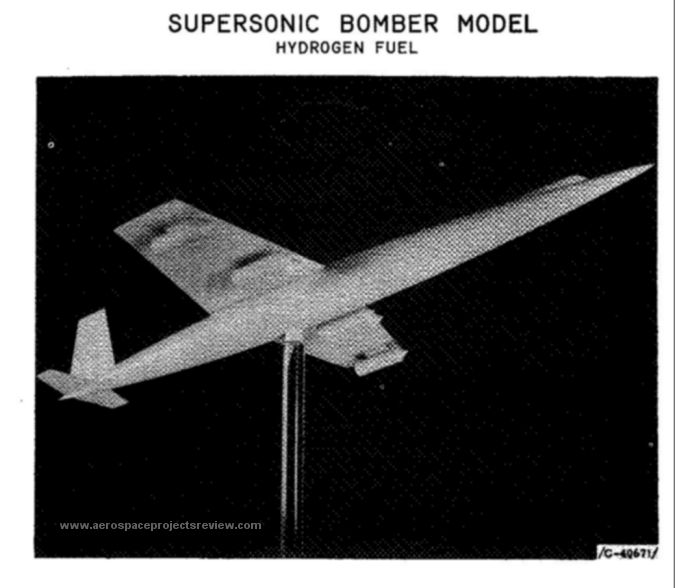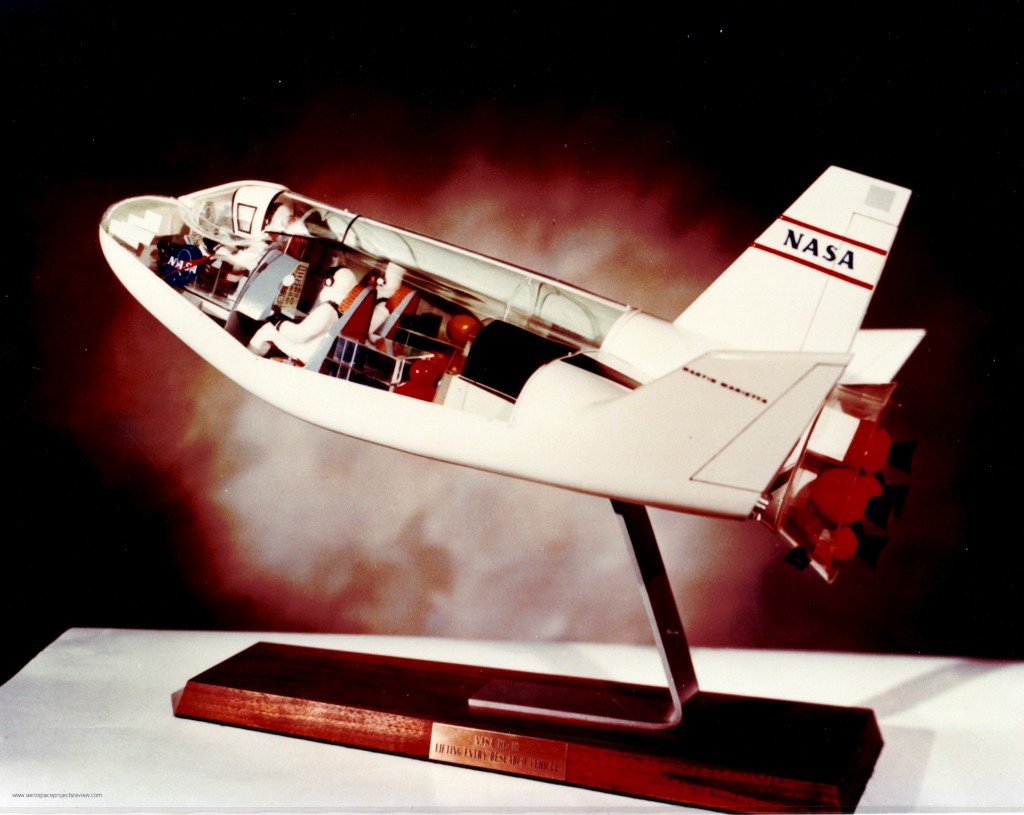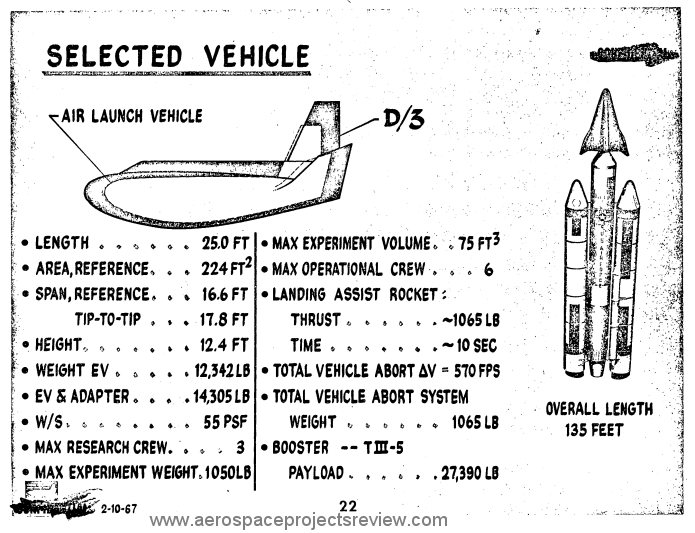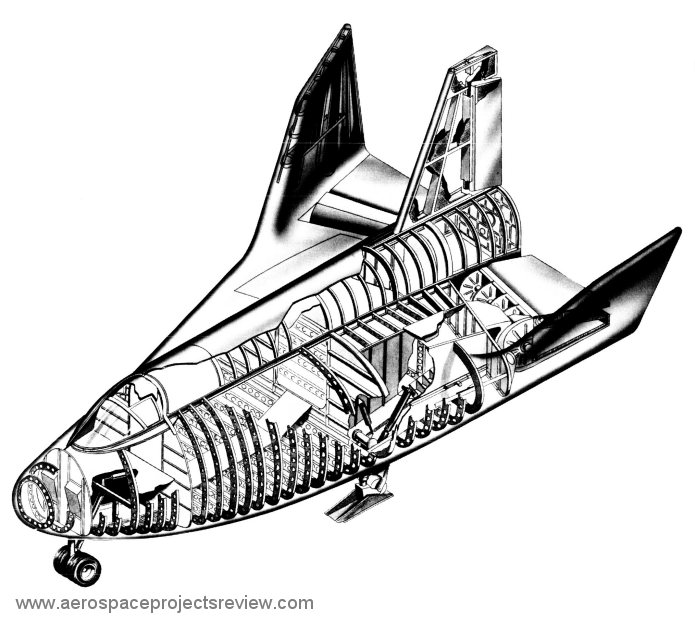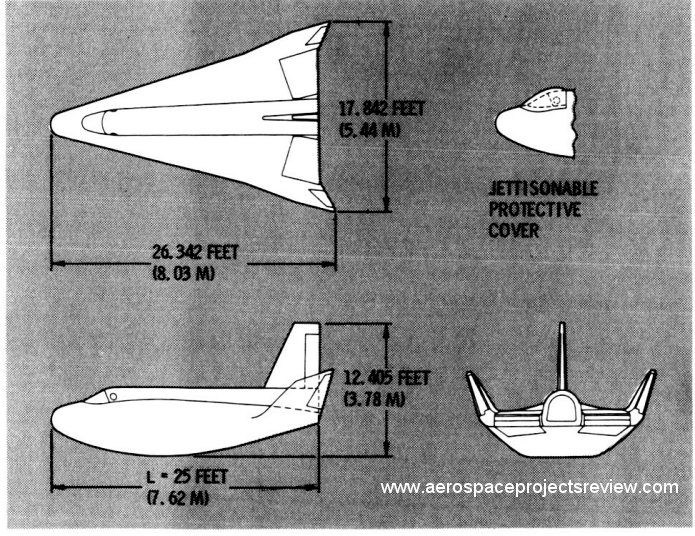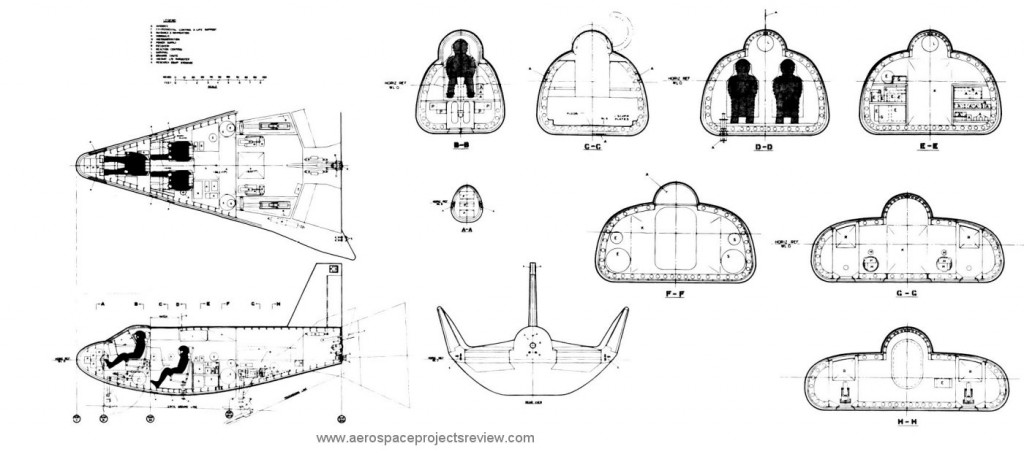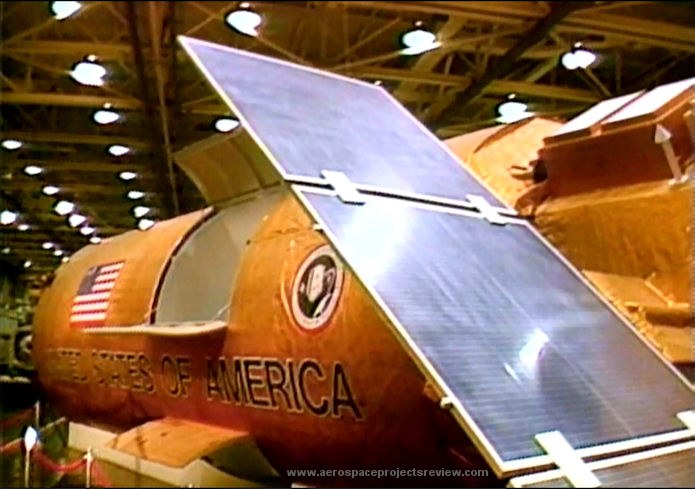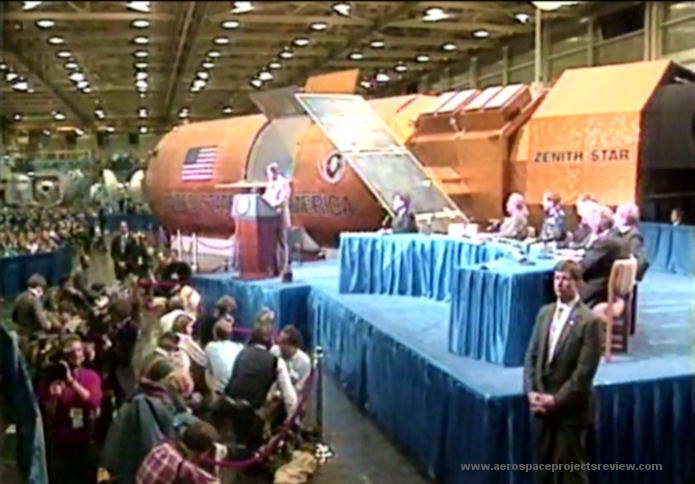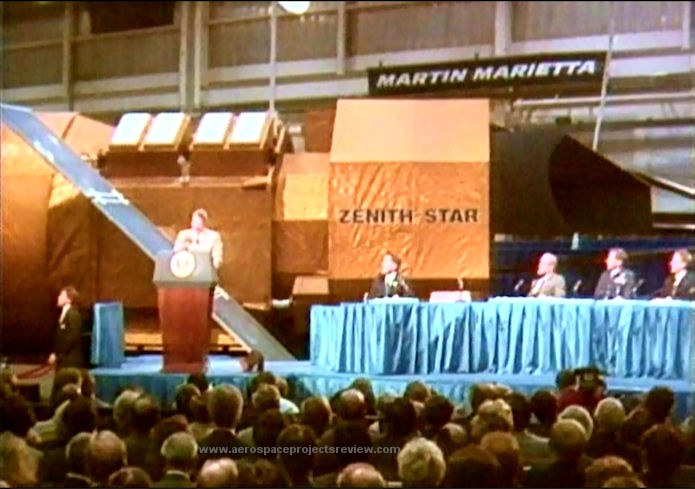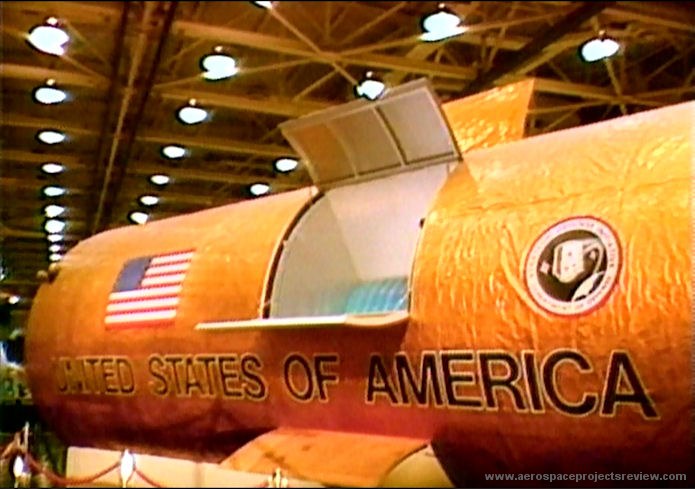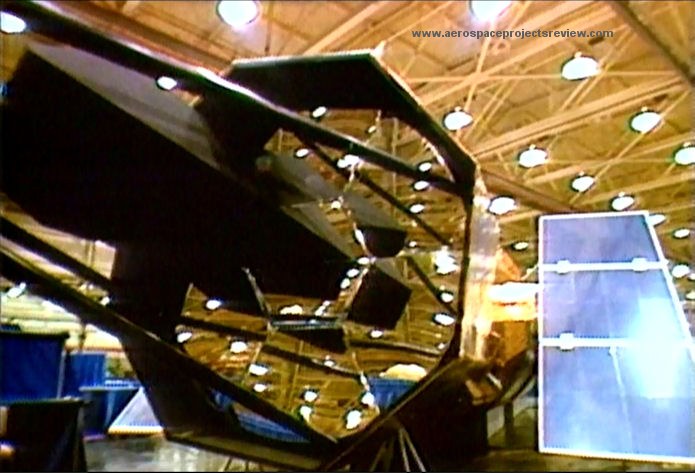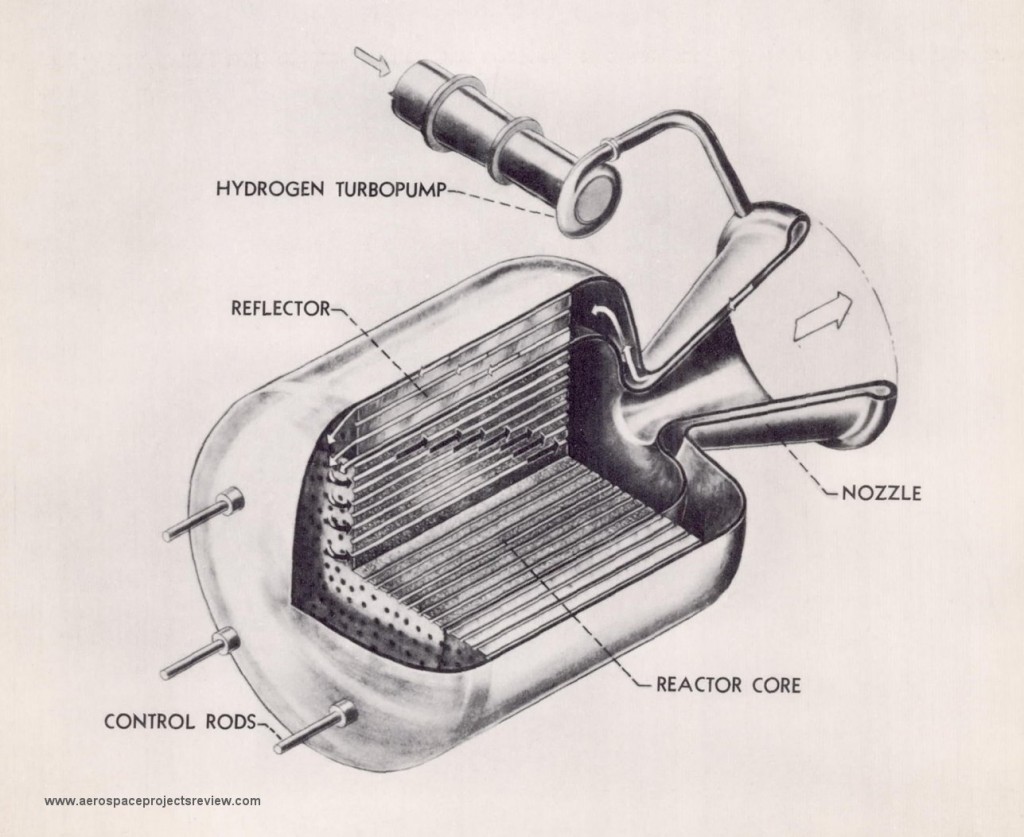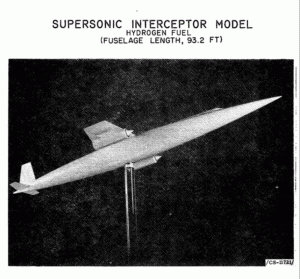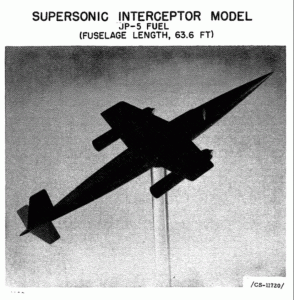The AIAA-Houston chapter newsletter “Horizons” has published an article I wrote on a 1963 concept for a variable geometry spaceplane capable of both space station logistics and combat missions. You can download the May/June 2012 here: http://www.aiaahouston.org/
From the NASA HQ history office, a photo of a Martin Marietta model of the HL-10. The ID plaque on the base of the model reads “NASA HL-10 LIFTING ENTRY RESEARCH VEHICLE,” but the interior clearly shows that this design was intended for transportation of crew, and possibly cargo, to space.
This most likely dates from around 1967, when Martin was studying HL-10-type orbital craft for NASA. This appears to be the “D/3” configuration, one of a fairly large number of HL-10-based designs. The D/3 was capable of carrying three crew (up to six) and would be launched atop a Titan IIIc launch vehicle.
The “Orphans in Space” DVD set contains a bunch of really rather odd old films about space, from the early part of the 20th century up to the 1980’s. The video of most interest to readers of this blog is a Martin-Marietta promotional video for the Zenith Star laser satellite, featuring snippets of a speech by President Reagan at the Martin Marietta facility (near Denver?) in front of a full-scale Zenith Star mockup.
The video was copied to DVD from a videotape, which is why the resolution is a bit low.
A 1955 NACA concept model of a supersonic interceptor fueled with liquid hydrogen. Similar in design to the JP-5 fueled design, but with a ceiling of 80,000 feet and engines of shorter length due to the faster combustion of hydrogen.
A similar design to the high altitude interceptor shown two days back, but optimized for a lower altitude. Generally similar layout, but smaller engines.
